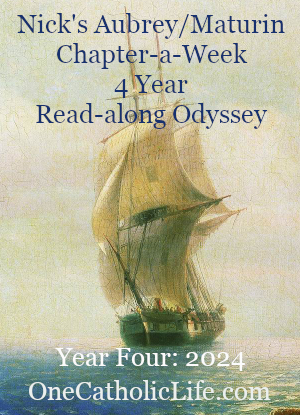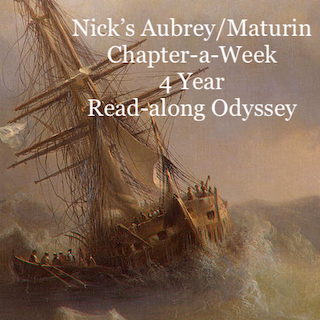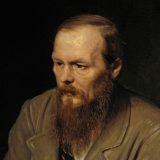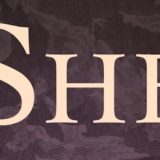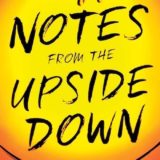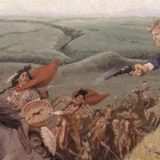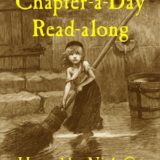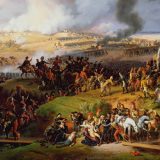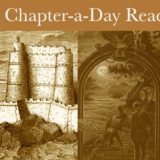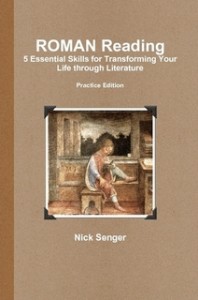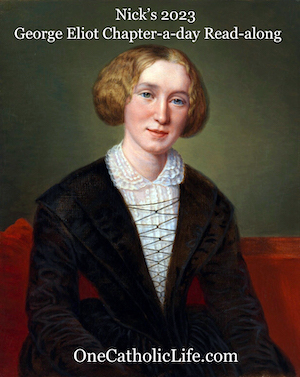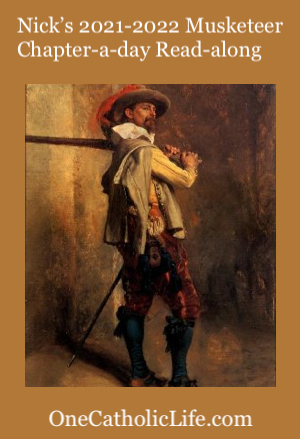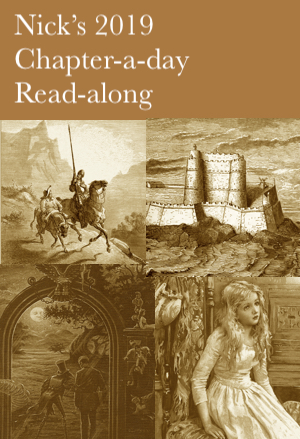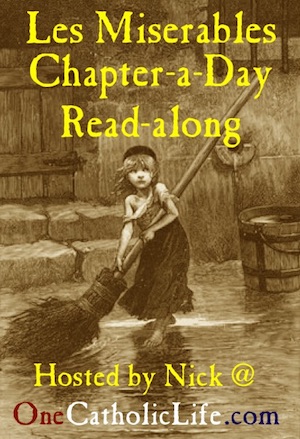How to Mark a Book
 One of the most important skills in reading well is marking the text. Mortimer Adler gives an excellent introduction to writing in books in his essay “How to Mark a Book.” Here are a few quotes, followed by my thoughts:
One of the most important skills in reading well is marking the text. Mortimer Adler gives an excellent introduction to writing in books in his essay “How to Mark a Book.” Here are a few quotes, followed by my thoughts:
You know you have to read “between the lines” to get the most out of anything. I want to persuade you to do something equally important in the course of your reading. I want to persuade you to write between the lines. Unless you do, you are not likely to do the most efficient kind of reading.
My comment: Once I started writing in my books (sometime in college), I began understanding and retaining much more of what I read. It does take longer, but when I do it the payoff is worth it.
There are three kinds of book owners. The first has all the standard sets and best sellers — unread, untouched. (This deluded individual owns woodpulp and ink, not books.) The second has a great many books — a few of them read through, most of them dipped into, but all of them as clean and shiny as the day they were bought. (This person would probably like to make books his own, but is restrained by a false respect for their physical appearance.) The third has a few books or many — every one of them dog-eared and dilapidated, shaken and loosened by continual use, marked and scribbled in from front to back. (This man owns books.)
My comment: I aspire to be the third kind of owner, but I am afraid I am more like number two. Most of the books I’ve read look as brand new as the day I bought them. I think it’s because I treasured reading so much when I was younger. Intellectually I agree with Adler, but emotionally it is still very hard to make myself write in a book.
The front end-papers are to me the most important. Some people reserve them for a fancy bookplate. I reserve them for fancy thinking. After I have finished reading the book and making my personal index on the back end-papers, I turn to the front and try to outline the book, not page by page or point by point (I’ve already done that at the back), but as an integrated structure, with a basic unity and an order of parts. This outline is, to me, the measure of my understanding of the work.
My comment: I agree completely with what Adler says about outlining here. To me, outlining is the single most effective way to understand a text and make it a part of me. Outlining forces me to see how the book fits together, but it also makes me summarize and paraphrase, which is how I truly understand what an author is trying to accomplish.
For more great essays by Adler be sure to check out the Radical Academy.

